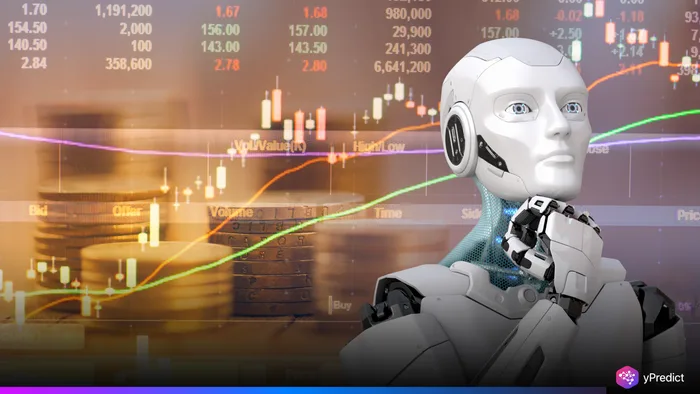
In recent years, the intersection of artificial intelligence and finance has drawn global attention. Investors and researchers alike are asking whether AI models can move beyond analytics and actually predict market behavior. Among the most intriguing ideas is whether machines can interpret news headlines well enough to forecast stock movements.
This idea gained traction when researchers tested large language models on financial headlines to assess their predictive power. The question is not only about accuracy, but also about whether financial news analysis with AI can compete with human interpretation. With billions of dollars moving daily on market sentiment, the stakes are high.
Portfolio management, algorithmic trading, and fraud detection have all had the benefit of AI-based tools. However, the challenge of interpreting natural language headlines, which is packed with context and nuance, can stretch technology to its limits. If financial news monitoring with AI is successful, it will disrupt the fundamental concepts around forecasting in the stock market.
Can AI Really Understand Financial Headlines?
Headlines impact on investor sentiment and short-term price fluctuations are profound. A merger announcement, interest rate decrease, or major geopolitical shock can move markets almost instantaneously. Humans often interpret these prompts unconsciously; but can machines do the same?
Researchers on one project, trained AI models on thousands of headlines, and then evaluated if the context (positive, negative, or neutral) was associated with any future price movement. The initial results were promising – it appears that AI in trading can potentially capture some frequency of patterns that human analysts may miss. The main challenge however, is deciphering enthusiasm from surface-level optimism that is separated from the underlying economic reality.
Why Headline-Based Forecasting Matters for Investors
Financial markets change quickly. Traders tend to rely on breaking news to execute timely and consequential decisions. An automated system that is capable of scanning and comprehending thousands of headlines as they are released could give traders and investors an unrealistic advantage.
Traditionally, stock market forecasting uses either technical charts or economic data. Incorporating behavioral, news-based knowledge introduces a contextually dynamic element that reflects how real money traders are reacting. By using AI to apply finite news analysis, institutions could integrate objectivity and subjective indicators to facilitate superior decision-making.
For individual investors, this raises exciting possibilities. Access to AI in trading could help retail traders better understand market mood, reducing reliance on gut instinct. It could democratize financial forecasting in ways previously available only to hedge funds and banks.
The Limitations and Risks of AI Forecasting
There is also the risk of overfitting. AI can perform well on past data, but perhaps not in real time due to idiosyncrasies. A headline like “Tech stocks jump in reaction to AI product” may not be the same as previous news, but the stock market would react differently. The overreliance on analysis of financial news by AI may create false confidence in a volatile environment.
And there are ethical implications as well. If large institutions continue to monopolize these types of systems, it could create an ever-stronger disadvantage to retail investors. Going forward, finding the right balance for access and fairness of AI in trading will be an important issue.
The Future of AI in Stock Market Forecasting
While challenges remain, the trajectory of research is clear. AI systems are becoming faster, more accurate, and better at processing nuance. As computing power grows and financial datasets expand, the role of financial news analysis with AI models in stock market forecasting will only increase.
We are close to seeing platforms that combine real time news scanning, sentiment monitoring, and predictive analytics in a single dashboard or even a singular click. It is not unreasonable to think that such a development could fundamentally change the way trading, analytical and regulatory participants observe financial activity.
For now there remains a critical role for human oversight. AI can complement decisions, but not replace judgement, context, and experience. Still, based on the progress made so far, the blending of human expertise and Artificial Intelligence with trading could deliver the next frontier in financial cognition.






